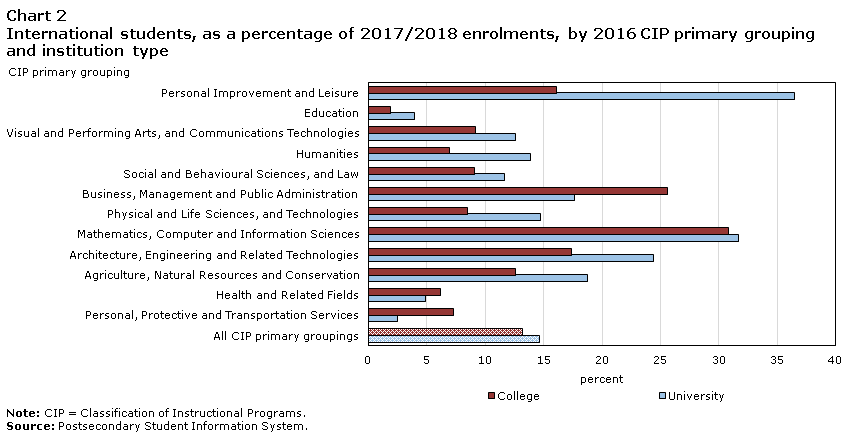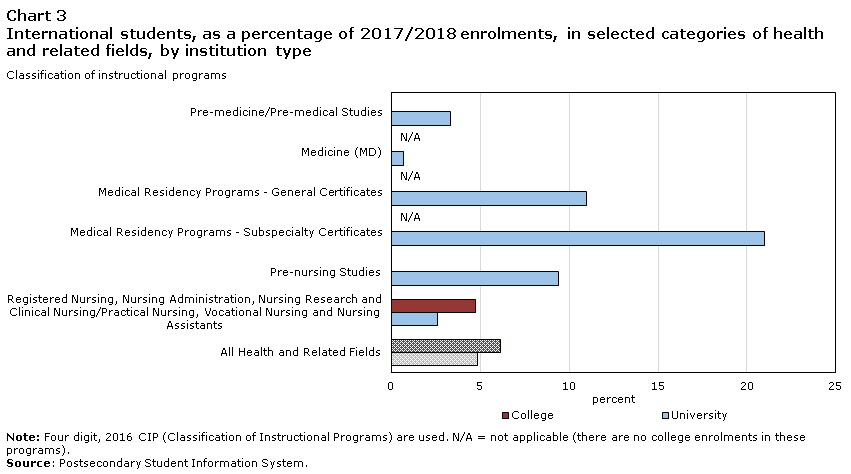Foreign students often settle here and become highly contributing members of society. I think would be penny wise, pound foolish.
That is a misnomer/generalization.
Certainly there are many students who come here to study medicine or engineering etc who do go on to stay here and that can work out well for Toronto/Canada.
However, as someone who has good friends in several faculties, including IT at a major college, I can assure you that the percentage of students who come here and fail or barely pass is enormous.
Many don't have an acceptable level of English for their studies; and the fact that we marketed to these people and then took their money is nothing short of exploitative and neither in their best interest, nor ours.
I will also add that the large numbers of student sometimes result in lesser quality of education as make compromises in service of the degree/diploma factory model.
I would then add, that where we do attract the best and brightest to worthwhile programs, particularly from India; are we doing any favours to that developing nation?
Which country has greater need for new a neurosurgeon, programmer or structural engineer?
The cost of endless population growth is also a real one; an economy more driven by construction than by productivity and innovation isn't healthy in my judgement.
I'm also not opposed to foreign students; as noted, I suggested a level that was consistent with where we were at less than 10 years ago; and which would still make us among the leading countries for foreign students globally.
You'd have to constrain immigration to Canada as a whole. The problem is that Toronto is doing very well economically and is attractive for people to move to. I'd say the solution is eliminating single family dwelling zoning and allowing intensification of the yellowbelt with low to mid rise multi family buildings. Highrise construction is expensive and slow.
No one is arguing against intensification. The argument is that solutions are required on both the supply and demand sides, not just one.
High land values in the GTA are a function of low interest rates and high economic value of living in the GTA. You can't raise interest rates solely to address the land prices in one part of the country or just to deal with house prices. We could try decimating the economic value of living in the GTA but that is cutting off your nose to spite your face. We could try to capture that economic value by using land value tax, but that would be very politically unpalatable, especially for people who live in large-lot SFHs. They will cry about being forced out of the house they've lived in for 50 years, etc.
Housing prices are a function of many things, well beyond interest rates; however, its important to note that housing prices are rising in most of urban Canada well ahead of the rate of general or CPI inflation.
Toronto and Vancouver are simply seeing that at greater scale and the price rises started sooner in those two areas.
The entire country would benefit from a reasonable lift in interest rates. That doesn't mean a spike to 15%.
It means lifting off near-zero (BoC) and residential mortgages at ~3%............to something more sensible; a BoC rate of 2.5%, and residential mortgages at 4.75%.







